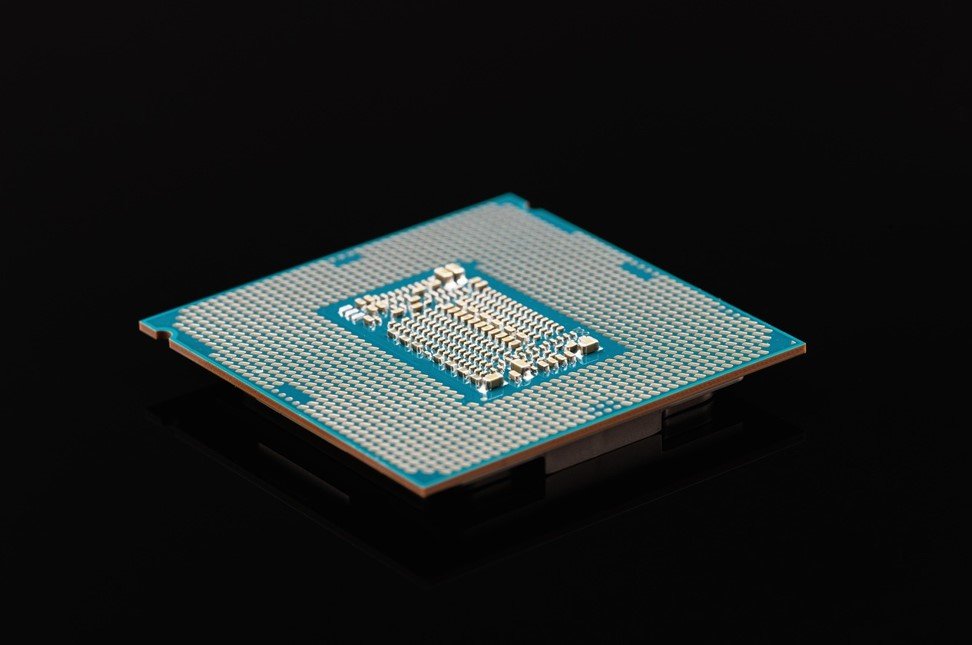In a move that highlights both technological progress and the end of an era, the Linux kernel has officially dropped support for the Intel 486 CPU architecture. With the release of Linux Kernel 6.6, this historic decision signifies a step away from legacy computing hardware that once defined the early days of open-source development.
The Intel 80486 processor, first introduced in 1989, has been a foundational part of computing history. Now, nearly four decades later, the Linux community is finally retiring support for this once-groundbreaking chip.
View the kernel commit that removes 486 support
Why Linux Is Finally Dropping 486 CPU Support
The Intel 486 was a game-changing microprocessor in the 1990s. It offered integrated floating-point capabilities, improved instruction pipelining, and laid the groundwork for future x86 processors. But as modern CPUs have evolved to deliver massive increases in speed, efficiency, and core count, the aging 486 architecture has become virtually obsolete.
Linus Torvalds, the creator of Linux, stated that support for the 486 CPU had simply become unnecessary:
“We removed 386 support years ago. There is no real use case left for maintaining 486 compatibility in the kernel. It’s time.”
The decision was also driven by the need to streamline the kernel’s codebase, improve system performance, and eliminate outdated hardware abstraction layers that were no longer relevant to most users.
What This Means for Developers and Legacy Systems
If you’re running Linux on any reasonably modern system, you won’t be affected. Devices based on Intel Pentium, Core, or AMD processors from the past two decades will continue to receive full kernel support. However, there are still niche environments—such as industrial automation, retro computing enthusiasts, and legacy embedded systems—that may be impacted.
Affected users can either:
- Continue using Linux kernel versions prior to 6.6
- Transition to alternative lightweight Linux distributions that maintain older hardware support (e.g., Tiny Core Linux, Slackware, Puppy Linux)
- Migrate to newer hardware platforms that support modern instruction sets
It’s also worth noting that some open-source communities may fork older kernels to preserve compatibility for retro hardware projects.
The Historical Importance of Intel 486 CPUs
The Intel 80486, known as i486, was introduced as a successor to the 386 CPU and played a pivotal role in early desktop computing. It was widely adopted in home PCs, servers, and educational machines throughout the 1990s.
Key features of the Intel 486 architecture included:
- 32-bit processing power
- Integrated FPU (Floating Point Unit)
- Improved pipelining for faster execution
- Support for advanced memory management
- Compatibility with early operating systems such as MS-DOS, Windows 3.1, and early Linux distributions
In fact, some of the earliest versions of Linux were developed and run on 486-based machines. These CPUs empowered the growth of open-source computing by offering affordable access to real multitasking and development tools for hobbyists and students worldwide.
Performance and Efficiency Considerations in Modern Linux Development
Modern Linux development is heavily influenced by power efficiency, security, and multi-threaded performance—all areas where the 486 architecture severely lags. By removing outdated CPU support, the Linux kernel can be better optimized for:
- ARM architecture (common in mobile and IoT devices)
- RISC-V (emerging open-source hardware standard)
- x86_64 processors (used in virtually all modern desktops and servers)
- Cloud-native architectures relying on scalable virtualization
Maintaining old code for a minuscule user base comes with hidden costs, including testing overhead, potential bugs, and long-term security risks.
Industry Experts and Community Response
The tech community has largely welcomed the decision, viewing it as a natural progression for Linux. According to Jon Masters, a systems architect and Linux kernel contributor:
“The 486 had a good run. But modern kernel development demands a lean, maintainable, and forward-looking codebase. Dropping legacy architectures is part of that mission.”
Discussions on Hacker News and Reddit’s r/linux reflect mixed emotions: nostalgia for the past, but acknowledgment that it’s time to move on.
What About Other Legacy Architectures?
The removal of 486 support is part of a broader trend in the Linux world. In recent years, the kernel has also dropped or deprecated support for:
- i386 (Intel 386) architecture
- Certain MIPS and PowerPC variants
- Obsolete network and sound cards
- Low-usage file systems and obsolete drivers
Meanwhile, support for modern hardware, such as Apple Silicon (ARM64), AI accelerators, and RISC-V, is expanding at a rapid pace. Linux is aligning itself with the future of edge computing, machine learning, and energy-efficient infrastructure.
Alternatives for Legacy Enthusiasts
If you’re a retro computing fan or a hobbyist running a Linux distro on a 486 system for educational or experimental purposes, not all hope is lost. Some options include:
- Using Linux 6.5 or earlier
- Running NetBSD or OpenBSD, which may continue legacy support
- Exploring minimalist Linux forks that preserve 32-bit x86 compatibility
- Participating in retrocomputing forums that share tips and tools for legacy hardware
That said, for production systems or mission-critical applications, continuing to use 486 hardware is no longer viable due to security, performance, and maintenance risks.
Final Thoughts
The removal of Intel 486 CPU support from the Linux kernel is both a symbolic and technical milestone. It marks the end of Linux’s compatibility with an iconic era of computing while reaffirming its commitment to modern innovation.
For most users, this change is purely historical. But it serves as a reminder of how far Linux has come from running on 33 MHz processors with 4MB RAM to now powering supercomputers, cloud data centers, and millions of mobile devices worldwide.
The open-source world continues to evolve, but it never forgets its roots.















